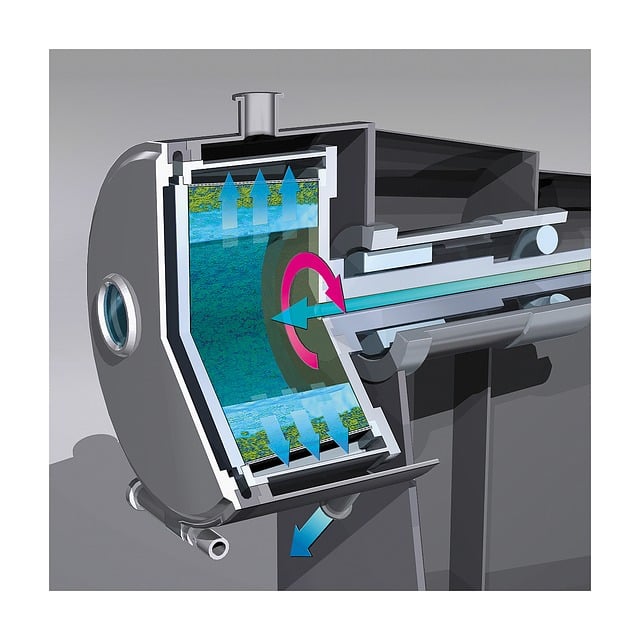Structural CAD drafting is a meticulous process that utilizes software to create precise 2D and 3D digital blueprints for buildings. It involves defining floor plans, adding dimensions, and generating detailed cross-sections and elevations. This method enhances structural integrity, aids in load path tracing, optimizes material use, improves communication with clients, and ensures the safe and efficient construction of aesthetically pleasing structures.
“Unleash your architectural vision with a comprehensive guide to detailed structural CAD drafting. This article delves into the intricacies of creating robust building designs through precise layout, dimensions, sections, and elevations. From understanding basic structural elements to visualizing facades, you’ll master the art of translating concepts into tangible plans. Discover how to craft detailed cross-sections and enhance your projects with accurate 2D and 3D representations, pivotal for successful construction.”
Understanding Basic Structural Elements in CAD Drafting
In structural CAD drafting, understanding basic elements is crucial for creating precise and efficient designs. These include walls, beams, columns, and floors, which form the backbone of any building structure. Each element has specific properties like dimensions, materials, and load-bearing capacities that need to be accurately defined in the digital blueprint.
CAD software allows drafters to visualize these structural components in 2D and 3D, facilitating better spatial understanding. By inputting relevant data, users can generate detailed structural plans, sections, and elevations, ensuring alignment and compatibility among different elements. This meticulous approach enhances construction efficiency, reduces errors, and promotes the safe and sound erection of buildings.
Creating Detailed Plans: Layout and Dimensions
Creating detailed plans is a fundamental aspect of architectural design, and structural CAD drafting plays a pivotal role in this process. Each element of a structure must be meticulously laid out, ensuring precise dimensions and proportions. Architects and engineers use computer-aided design (CAD) software to create digital blueprints, allowing for accurate representation and manipulation of the building’s layout.
The initial step involves defining the floor plan, which outlines the arrangement of rooms, walls, and other features. Dimensions are then added to specify the size and placement of each element, down to the smallest detail. This includes window and door openings, fixtures, and even structural members. Accurate measurements are crucial for ensuring the building’s functionality and safety, as well as facilitating efficient construction and assembly.
Sections: Unraveling Building Cross-Sections
In the realm of architectural design and construction, understanding building cross-sections is paramount through structural CAD drafting. This meticulous process involves the creation of detailed 2D representations of a structure’s 3D form, offering a comprehensive view of its internal components and external walls. Each cross-section acts as a slice, revealing the intricate layering of floors, roofs, walls, and essential services within a building envelope.
By examining these sections, architects and engineers can assess structural integrity, identify load paths, and ensure optimal material placement. Advanced CAD software enables precise drafting, allowing for seamless integration of dimensions, notations, and annotations. This meticulous attention to detail is crucial in navigating the complex labyrinthine of modern construction projects, ultimately fostering safe, functional, and aesthetically pleasing buildings.
Elevations: Visualizing Exterior and Interior Facades
Elevations play a pivotal role in architectural design, offering a critical perspective on how a structure will appear both externally and internally. In the realm of structural CAD drafting, visualizing facades is an art that brings buildings to life on paper (or digital screens). By creating detailed elevation drawings, architects and engineers can showcase the aesthetic appeal and functional aspects of a structure.
These visualizations provide a clear understanding of proportions, material choices, window placements, and door designs, ensuring that both the exterior and interior facades align with the overall design intent. For clients, it’s a powerful tool to envision the final product, fostering better communication and ensuring satisfaction. It allows for early detection of potential issues or imbalances, enabling adjustments before construction begins.
In conclusion, mastering structural CAD drafting involves a comprehensive understanding of basic elements, precise layout and dimensioning, and skilled creation of sections and elevations. By following the steps outlined in this guide, from grasping fundamental structures to visualizing complex facades, you’ll be equipped to produce detailed plans vital for successful construction projects. These technical drawings not only ensure structural integrity but also serve as a visual language, enabling clear communication among stakeholders. Embrace the power of structural CAD drafting to bring your architectural visions to life with accuracy and precision.
